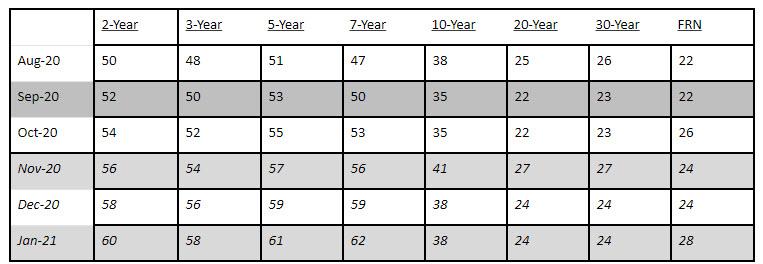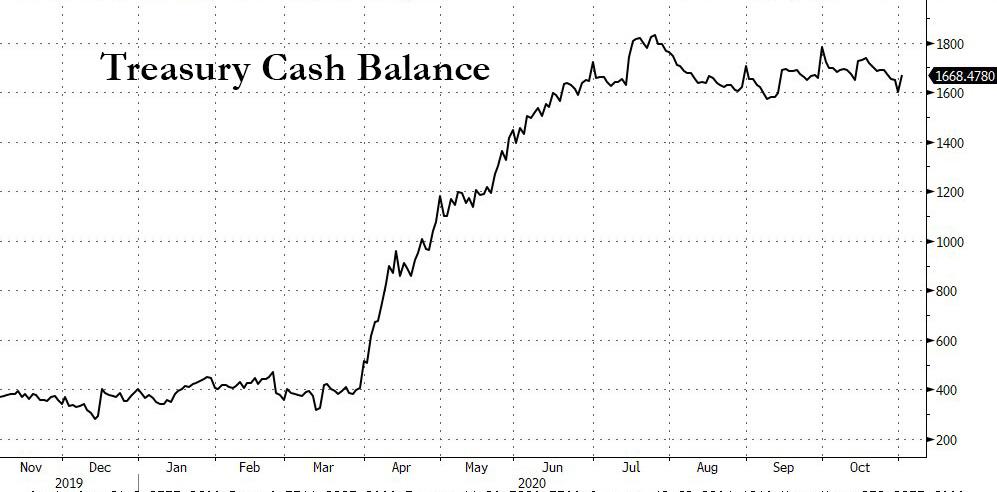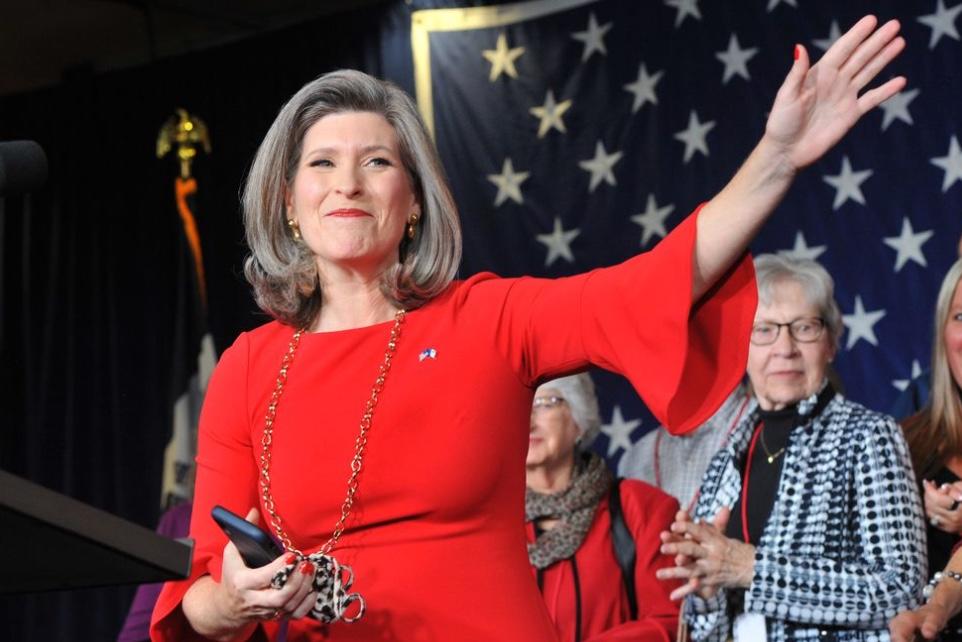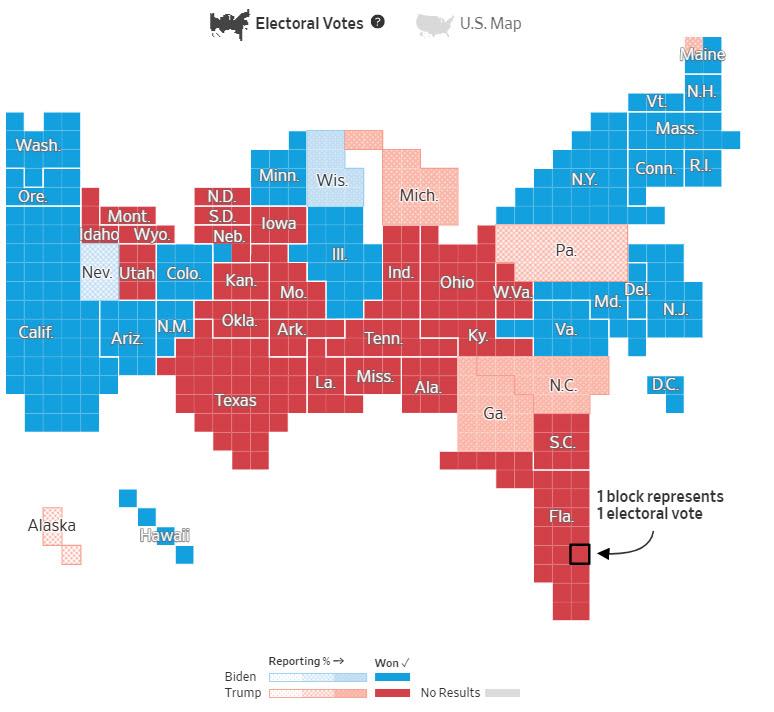Drugs are winning the war on drugs. It’s the morning after the 2020 election, and the result everyone is waiting for—will Donald Trump best Joe Biden, or vice versa?—is still a mystery wrapped in a clusterfuck. But there was one absolutely certain loser last night: the war on drugs. If Americans across the country provided a clear mandate for anything this year, it’s ending the hold that drug prohibition has on our country.
Of nine drug decriminalization or legalization measures on state ballots last night—including two addressing hallucinogens and one covering all illegal drugs—not a single one failed. These were decisive victories, too, not close calls. And unlike some previous waves of pro-marijuana votes, which were concentrated in predictable areas, successful anti–drug war measures in 2020 spanned a diverse array of states.
Ballot measures making marijuana legal for recreational purposes passed in three: Arizona, Montana, and New Jersey. South Dakota approved both recreational and medicinal marijuana. In addition, Mississippi voters approved a medical marijuana measure.
Measures to OK consumption of hallucinogenic mushrooms got a green light from voters in the District of Columbia and in Oregon.
And Oregonians also approved Measure 110, partially decriminalizing all illegal drugs.
These drug measures didn’t just eke out wins.
In D.C., more than three-quarters of voters approved Initiative 81, declaring “that police shall treat the non-commercial cultivation, distribution, possession, and use of entheogenic plants and fungi”—those that contain ibogaine, dimethyltryptamine, mescaline, or psilocybin—“among the lowest law enforcement priorities.”
In Arizona—which rejected recreational cannabis legalization in 2016—voters were 59.85 percent in favor of legalization this year compared to 40.15 percent against.
In New Jersey, the proportion favoring legalization was even higher: 67 percent of votes were in favor, with 33 percent against.
In South Dakota, 69 percent approved the medical marijuana measure. And with 85 percent of precincts reporting, the recreational marijuana measure was up 53.4 percent to 46.5 percent.
Montana saw nearly 57 percent of voters approve recreational marijuana legalization Initiative 190.
Meanwhile, in Mississippi, voters said yes to two medical marijuana measures: one allowing it for people with terminal illnesses and one allowing it for people with “debilitating medical conditions.” The more-liberal latter option (Initiative 65) saw 74 percent of voters in favor.
Even Oregon’s measure to decriminalize non-commercial possession of all drugs saw a sizable margin of victory. Nearly 59 percent of voters approved with 80 percent of precincts reporting. And nearly 56 percent of voters approved of Measure 109, the Psilocybin Services Act, which authorizes the Oregon Health Authority to start “a program to permit licensed service providers to administer psilocybin-producing mushroom and fungi products to individuals 21 years of age or older.”
The drug measures weren’t the only encouraging sign from the 2020 election.
Lots of props go to California voters, who struck a blow to California’s disastrous anti-independent contractor law A.B. 5 by approving Proposition 22—apparently seeing through a massive campaign to convince voters that the ballot measure was an evil corporate ploy to mistreat workers. The win is a victory for rideshare and delivery drivers and the many people who use their services, as well as for companies like Uber and Lyft.
Californians also rejected measures to expand rent control and to bring back affirmative action in school admissions. They approved Proposition 17, which grants paroled felons the right to vote.
Meanwhile, an abortion banning measure in Colorado failed.
And Nebraskans legalized gambling.
If we stay out of national political races, it was a fairly decent night.
As of this morning, the contest between Biden and Trump is still far from being determined (which was to be expected)—though this hasn’t stopped Trump from nonsensically and despotically declaring victory.
“Frankly, we did win this election. As far as I’m concerned, we have already have won,” Trump said in an early morning speech. He added: “We’ll be going to the U.S. Supreme Court—we want all voting to stop.”
Voting has stopped, of course. (“No state will count absentee votes that are postmarked after Election Day,” notes the Associated Press.) It’s the counting that’s still taking place, and could for some time.
QUICK HITS
• For the results of key Senate and House races, see here and here.
• Voters in Arizona agreed to raise taxes on the state’s high earners; voters in Illinois did not.
• Louisiana passed an amendment saying the state’s constitution does not grant a right to abortion access.
• California voters rejected a measure to end cash bail.
• Voters in Alaska rejected ranked-choice voting, as did voters in Massachusetts.
from Latest – Reason.com https://ift.tt/3jTdqLj
via IFTTT







